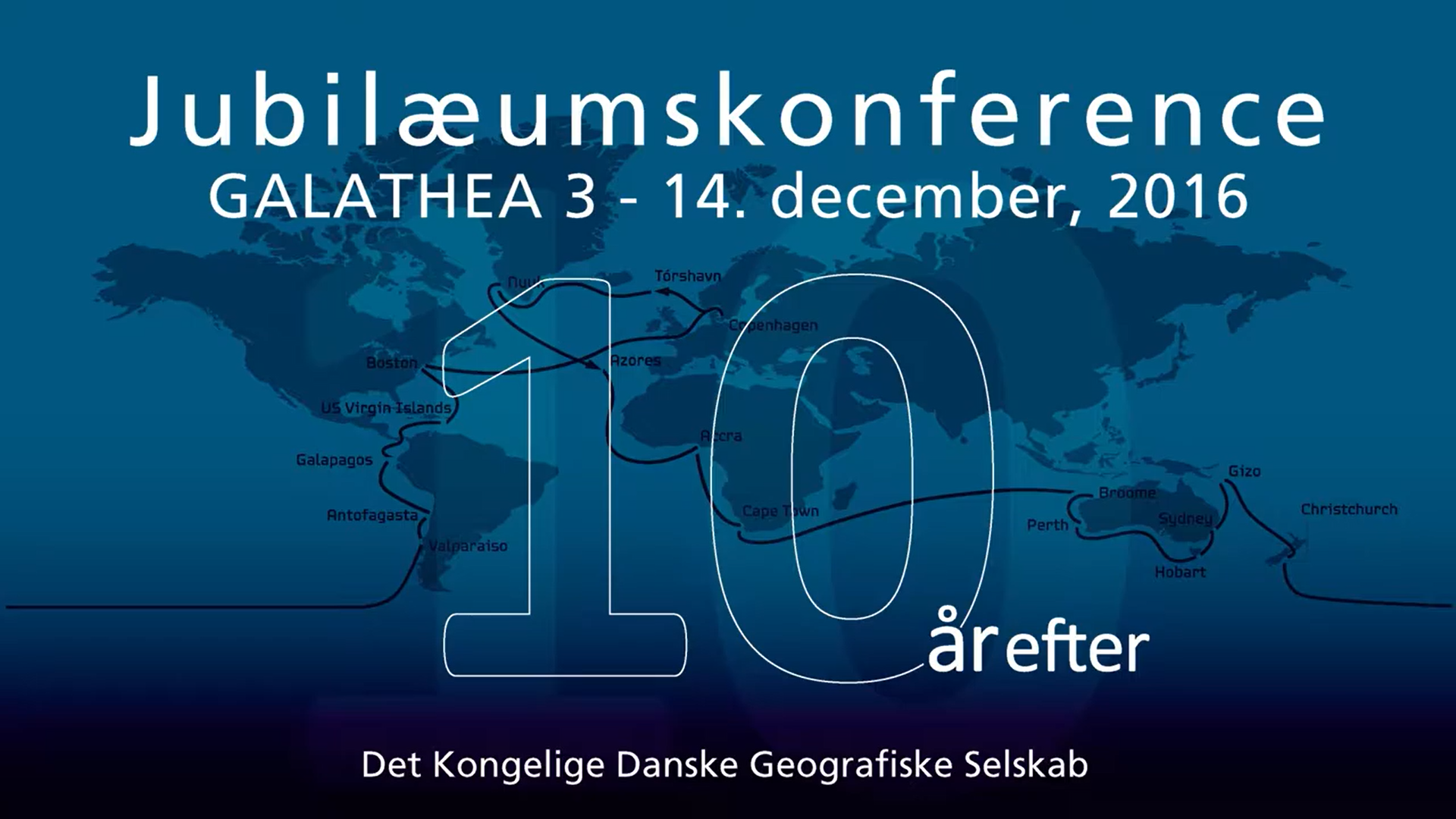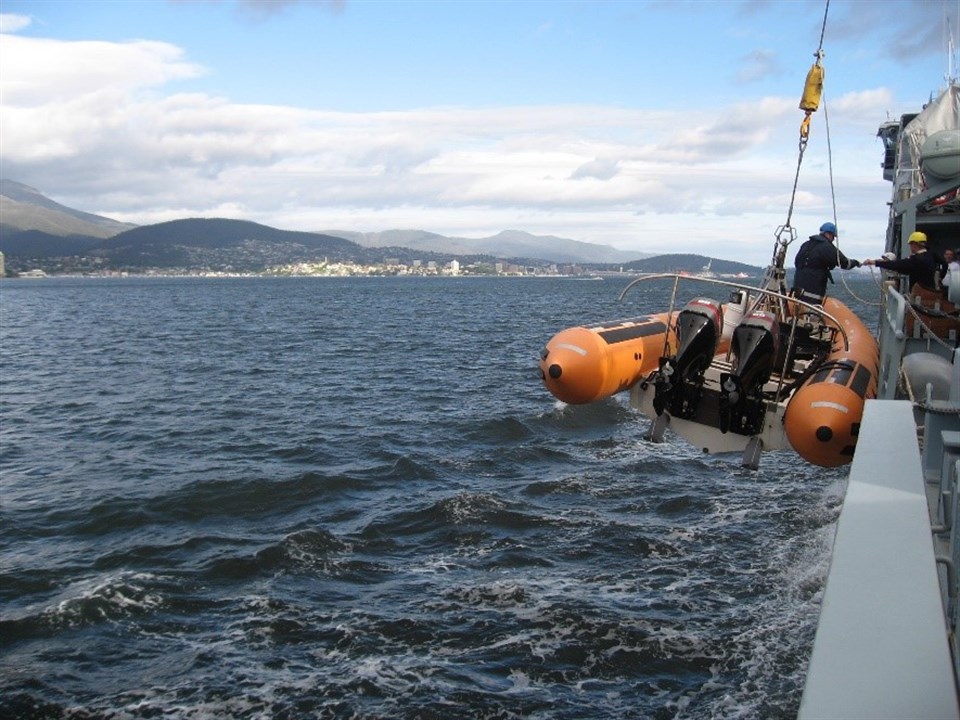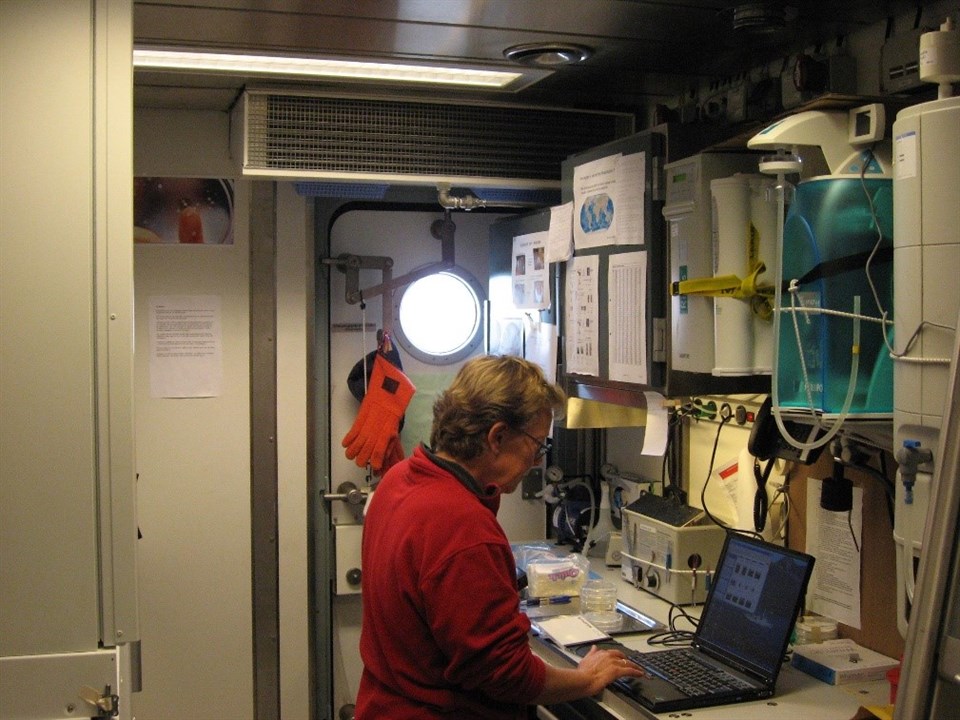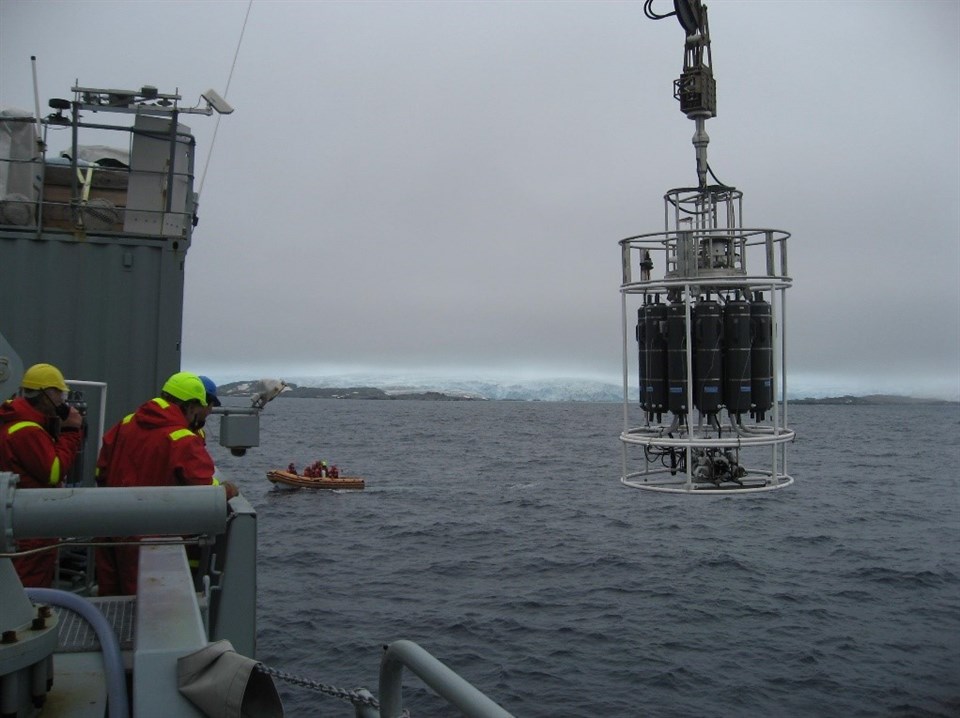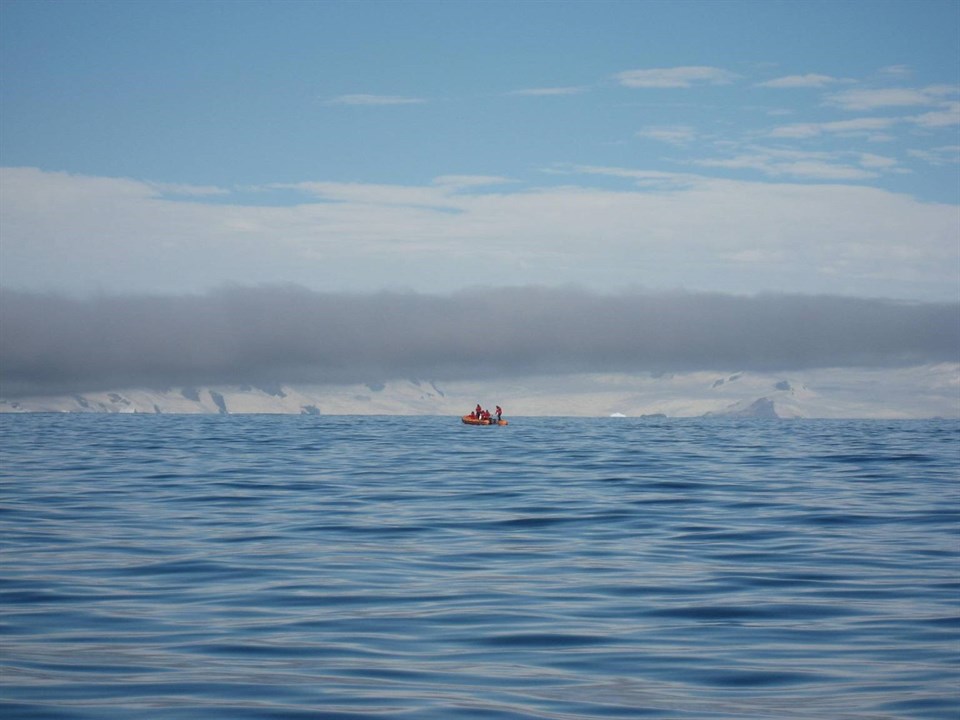Galathea Bacteria Collection
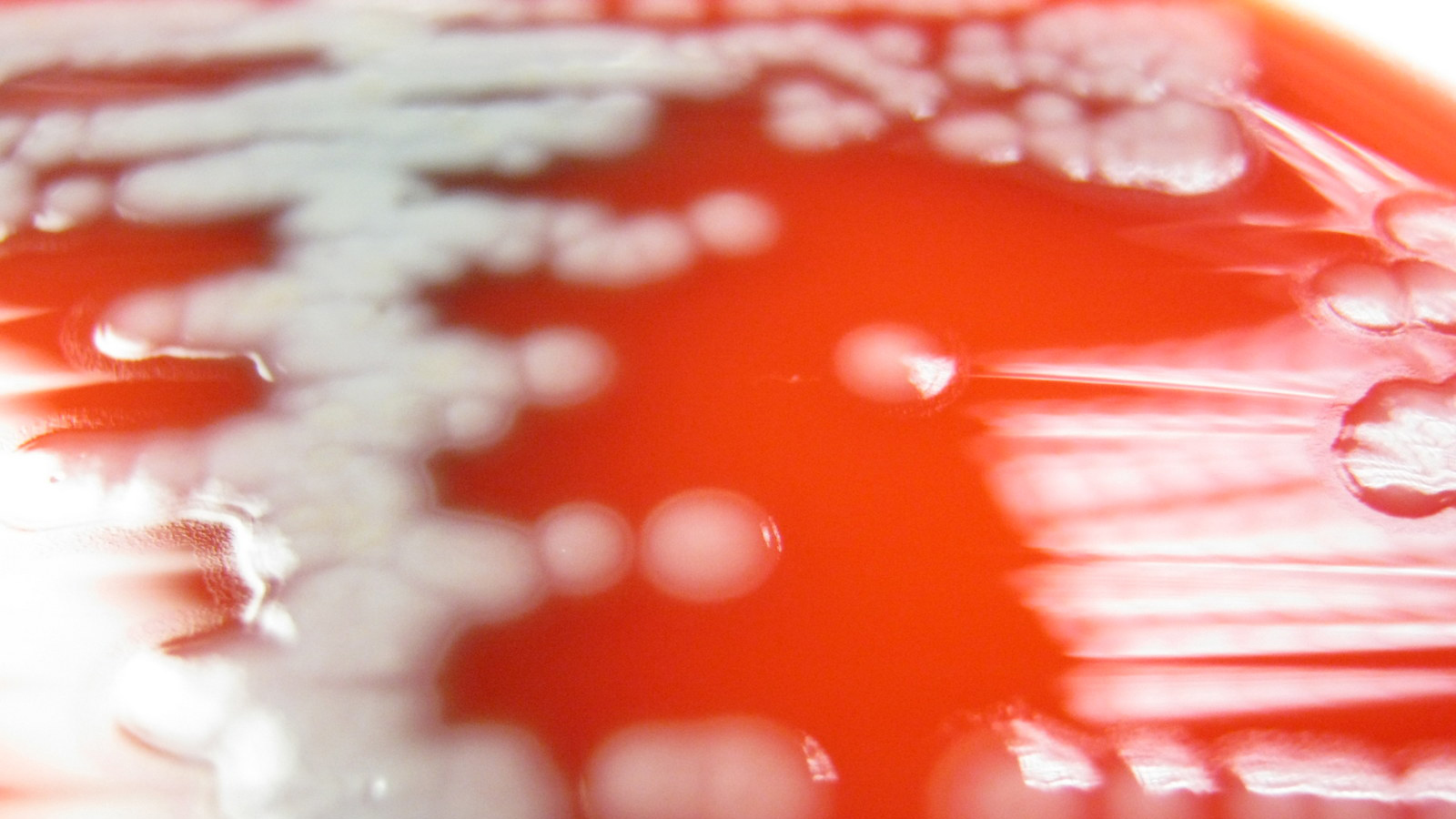
The Galathea3 strain collection at DTU Bioengineering was founded in 2007 and includes several hundred marine bacterial isolates/strains. The biodiversity covered by the collection mainly falls within the Proteobacteria and the three largest groups are strains belonging to Vibrionaceae, Pseudoalteromonas and the Roseobactergroup (Gram et al. 2010).
The collection comprises bacteria isolated by DTU researches on the Galathea3 expedition. The strains were isolated as culturable bacteria that in an early screening displayed antibacterial activity. The bacteria were isolated from open waters and from both biotic and a-biotic surfaces. Many compounds with antibiotic activity have been identified from these bacteria and genome mining (Maansson et al. 2016, Machado et al. 2015a, Paulsen et al. 2019) have demonstrated (by antiSMASH analyses) a large number of biosynthetic gene clusters for which the chemistry is not known. The collection harbors many novel species of which a few have been formally described (Giubergia et al. 2016, Machado et al. 2015b, Paulsen et al 2020) and has allowed us to determine biogeography of specific species (Sonnenschein et al. 2016)
Cultures are available for exchange (academic purposes) or sale (academic and commercial purposes). Strains described as novel species are available from the culture collections in which they have been deposited.
For inquiries regarding the collection, please contact Lone Gram or Jette Melchiorsen.
References
Giubergia, S., H. Machado, R. V. Mateiu and L. Gram 2016. Vibrio galatheae sp. nov., a novel member of the Vibrionaceae family isolated from the Solomon Sea. Int. J. System. Evol. Microbiol. 65: 4503-4507
Gram, L., J. Melchiorsen and J.B. Bruhn 2010. Antibacterial activity of marine culturable bacteria collected from a global sampling of ocean surface waters and surface swabs of marine organisms. Mar. Biotechnol. 12:439-451
Maansson, M., N.G. Vynne, A. Klitgaard, J.L. Nybo, J. Melchiorsen, D.D. Nguyen, L.M. Sanchez, N. Ziemert, P.C. Dorrestein, M.R. Andersen and L. Gram. 2016. An Integrated Metabolomic and Genomic Mining Workflow to Uncover the Biosynthetic Potential of Bacteria. mSystems 1:1-14 e00028-15
Machado, H., S. Sonnenschein, J. Melchiorsen and L. Gram 2015a. Genome mining reveals unlocked bioactive potential of marine Gram-negative bacteria. BMC Genomics 16:158. DOI 10.1186/s12864-015-1365-z
Machado, H., S. Giubergia, R. Mateiu and L. Gram 2015b. Photobacterium galatheae sp. nov., a bioactive bacterium isolated from a mussel in the Solomon Sea. Int. J. System. Evol. Microbiol. 66: 347-352
Paulsen, S.S., P.K. Bech, M. L. Strube, L. Gram and E.C. Sonnenschein 2019. Marine chitinolytic Pseudoalteromonas represents an untapped reservoir of bioactive potential. mSystems 4:e00060-19
Paulsen, S.S., T.I. Petersen, M. Kirkegaard, Y. Buijs, M.L. Strube, E.C. Sonnenschein, T.O. Larsen and L. Gram 2020. Production of the antimicrobial compound tetrabromopyrrole and the Pseudomonas quinolone system precursor, 2-heptyl-4-quinolone, by a novel marine species Pseudoalteromonas galatheae sp. nov.. Sci. Rep. 10:1-13
Sonnenschein, E., K.F. Nielsen, P. D'Alvise, C. Porsby, J. Melchiorsen, J. Heilmann, P. Kalatzis, M. López-Pérez, B. Bunk, C. Spöer, M. Middelboe and L. Gram 2016. Global occurrence and heterogeneity of the Roseobacter-clade species Ruegeria mobilis. ISME Journal doi:10.1038/ismej.2016.111.
Contact
Jette Melchiorsen Laboratory manager Phone: +45 45252502 jeme@bio.dtu.dk
Lone Gram Professor Mobile: +45 23688295 gram@bio.dtu.dk
